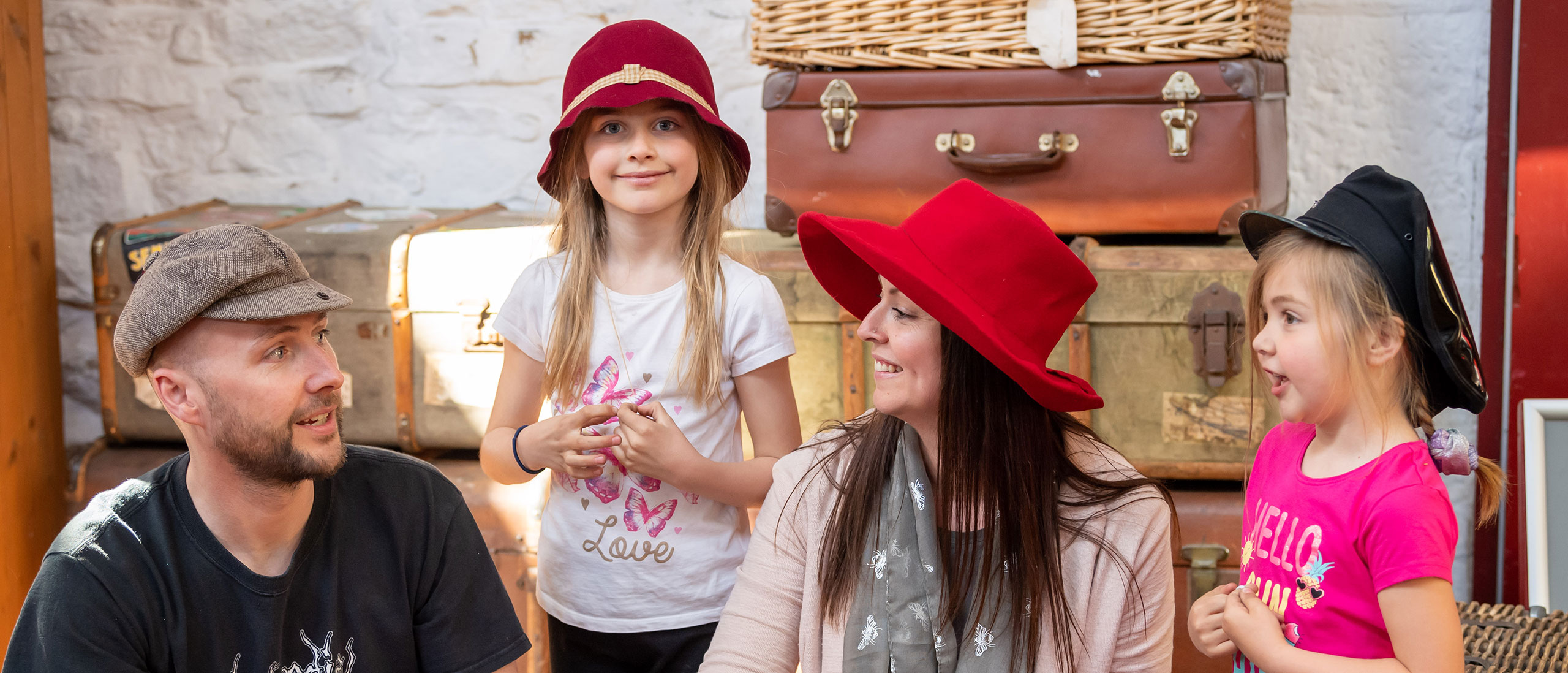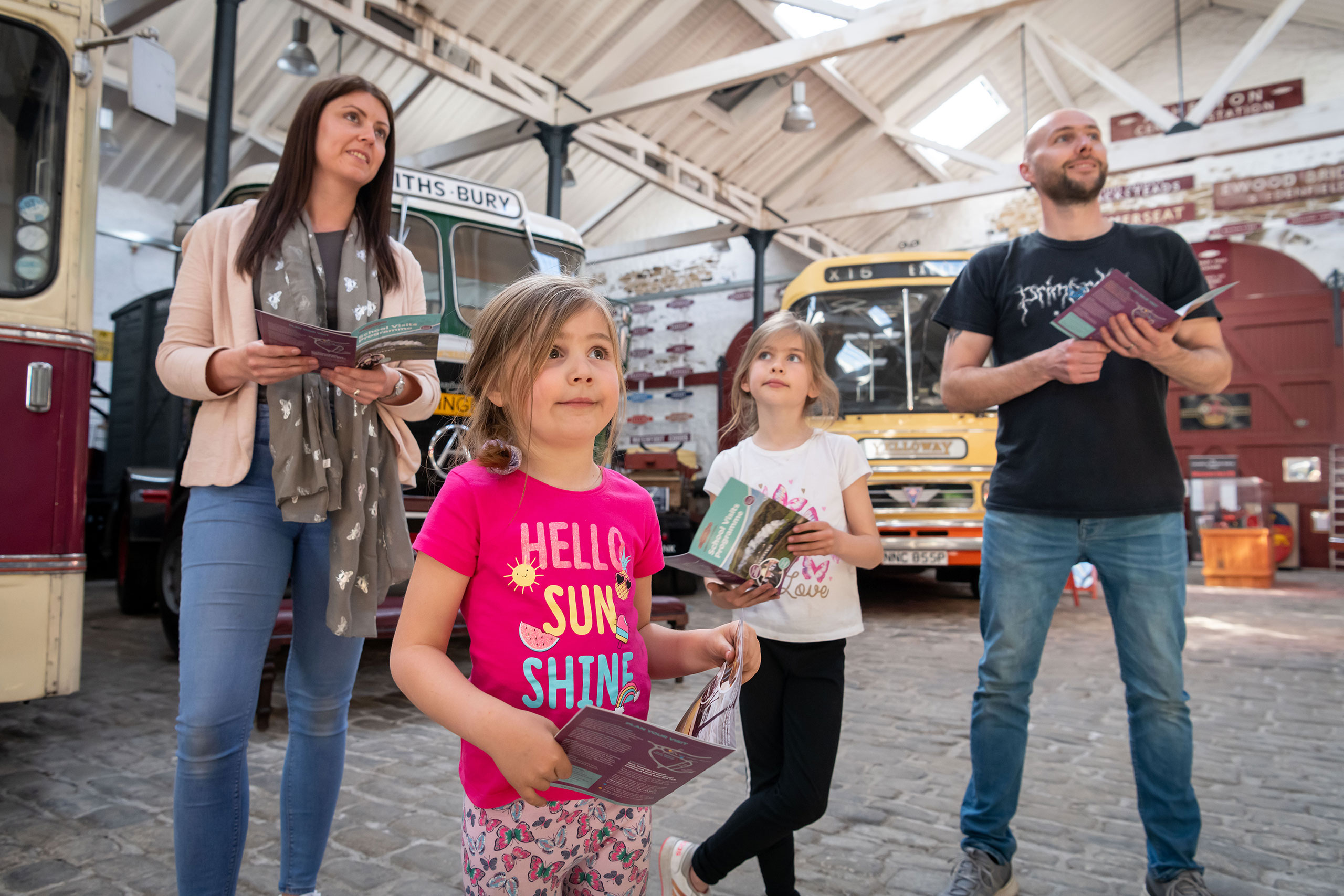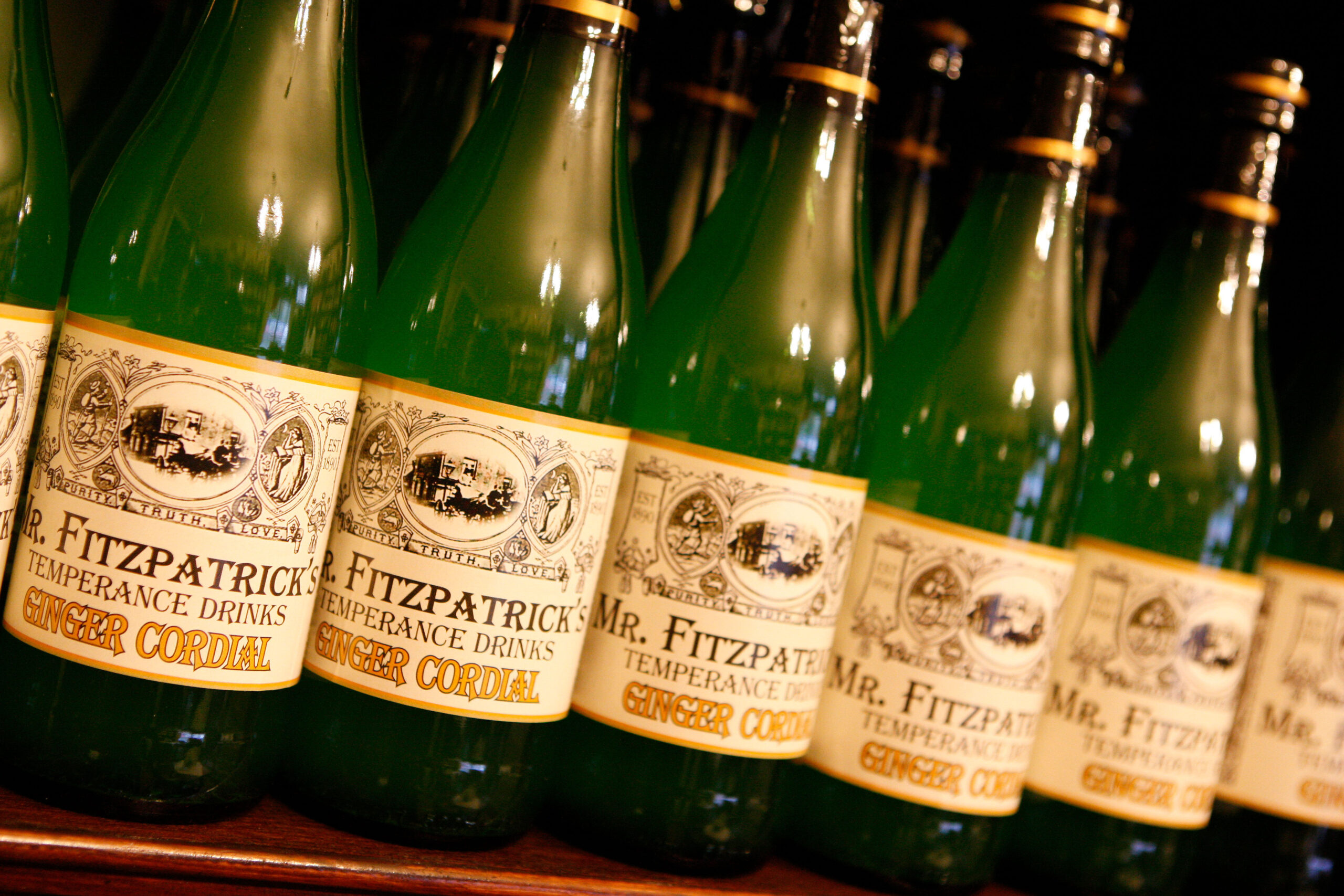A Step Back In Time


Discover the hidden stories of the region’s past, admire the engineering and manufacturing marvels of the Industrial Revolution and learn more about the ELR’s heritage.
Every stop along the East Lancashire Railway is packed with history and heritage, and you won’t miss the reminders of our industrial past wherever you are on the line. Spend the day learning more about how the region grew into a world famous textile powerhouse.
Heywood, a town rich in 19th century heritage, is a great place to start your day. Queen’s Park is a Grade II listed area thanks to its Victorian splendour, with grand mills still imposing on the skyline.
If you have time, make a short side trip to Rochdale to visit the Pioneers Museum, where you’ll learn all about the origins of the Co-op movement.

The history of transport
Head to the station at Heywood when you’re ready, and hop on a train to Bury Bolton Street. You’ll see lots of original railway buildings when you board at Heywood, but it’s at Bury where you’ll get to step inside an old warehouse.
Beautifully restored, Castlecroft Goods Warehouse is now home to Bury Transport Museum, a must visit destination. From vintage vehicles to original artefacts, it tells a unique story about the region’s heritage.
While you’re in Bury, the Fusilier Museum is well worth a visit too. Learn about the history of the men who fought in this Lancashire regiment.
Lunch in historic surroundings
For a different piece of history, stop by Bury’s famous market for a bite to eat or find plenty of cafes and coffee shops in Industrial era buildings in the town centre. For a change of scenery, grab a picnic and catch the train to Burrs Country Park.
Here you’ll find some wonderful examples of industrial archaeology surrounded by nature. A lovely spot for lunch.
Cotton currency
Although Ramsbottom has plenty of history to explore too, time is short, so stay on the train after lunch until you reach Irwell Vale Station.
A small, traditional mill village, it’s been wonderfully preserved over the last 150 years. Wander past terraced mill cottages and a gothic Church before strolling down the River Ogden to the restored Higher Mill and Whitakers Mill.
These are home to Helmshore Mills Textile Museum, where you’ll get the chance to see (and hear) original cotton weaving machines in action and join a guided tour of the mill floors, the grounds and the mighty waterwheel.

One of the best preserved mill towns
Retrace your footsteps to Irwell Vale Station and climb aboard the next train to Rawtenstall, one of the best preserved mill towns in the country. Textiles and shoes put this place on the map.
You’ll learn all about its history at The Whitaker Museum, a short stroll from the station, and at Lamberts Mill Footwear Museum. Both are worth stopping by. Or you could simply wander through the town, soaking up the tales of the past that greet you at every turn.
Visit an 18th Century loom shop at Weavers’ Cottage, with its Victorian kitchen and working “tippler toilets”, before you duck into the last remaining temperance bar in Britain. This is the place to hear about the 19th century movement and sample the Sarsaparilla and rosehip cordials before you return to the Station and your train ride home.
